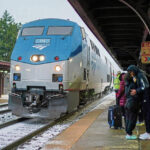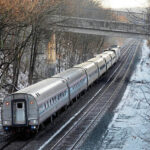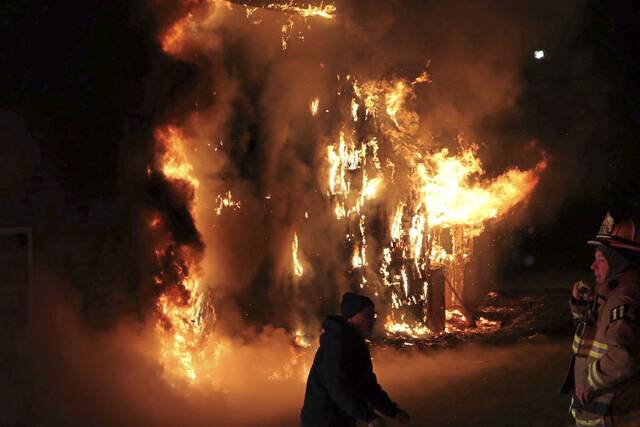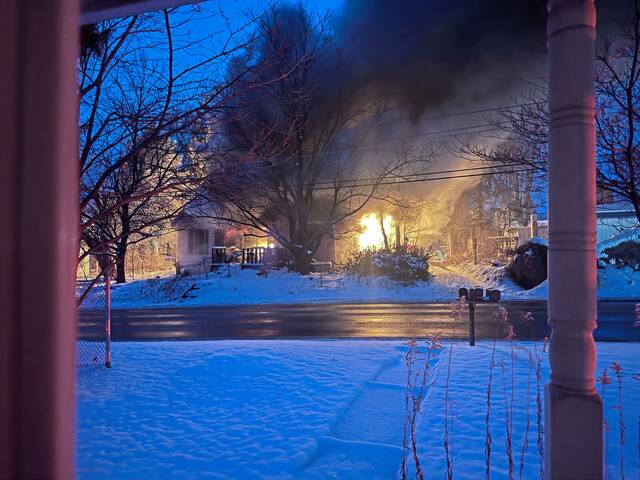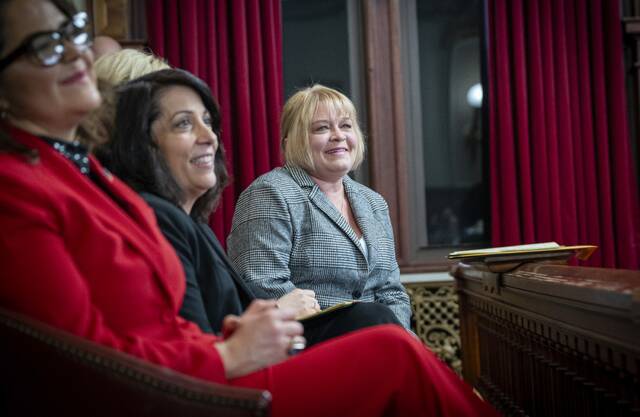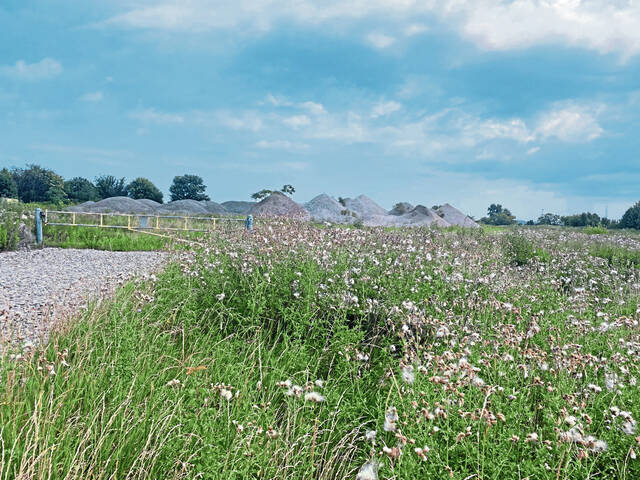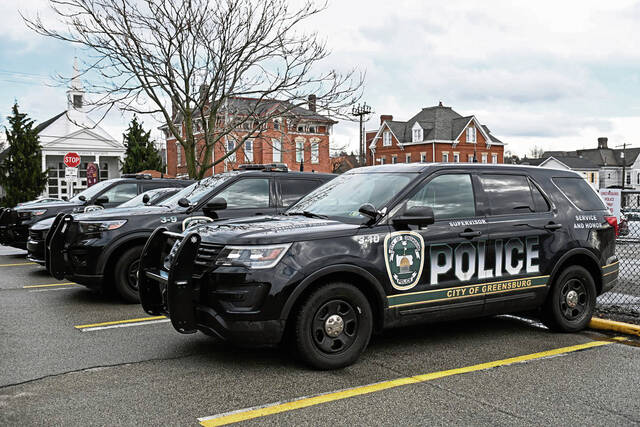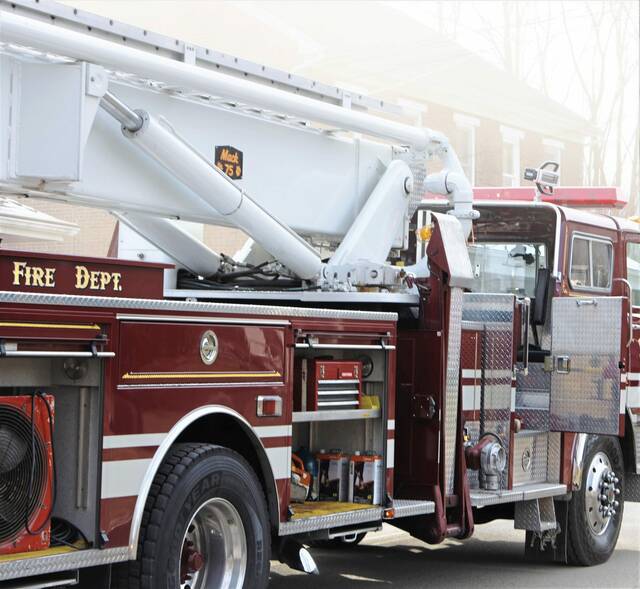Western Pennsylvania is poised to add passenger rail service for the first time in decades, thanks to federal and state funding and a deal made with Norfolk Southern.
PennDOT is investing $200 million for corridor upgrades that will allow Amtrak to run a second daily round trip between Pittsburgh and New York City via Harrisburg. Norfolk Southern, which owns the corridor, will complete the work to ensure that choke points are avoided between passenger and freight.
The Federal Railway Administration is offsetting the state’s costs with $144 million in funding.
The service isn’t on the scale of high-tech rail proposals such as the hyperloop or Maglev high-speed train that have been pitched to Western Pennsylvania in the past. But this Amtrak service is actually coming to the region, and it shouldn’t be discounted, said Chris Sandvig, executive director of the local transportation advocacy group Mobilify.
“We have been asking for this for decades,” Sandvig said. “Compared to Maglev and all the other stuff, this is an actual thing.”
Sandvig acknowledged that many people may not be ecstatic about one extra daily round trip. But he said the move will greatly benefit current riders, is a necessary first step to further rail expansion and will generate an economic boost for Pittsburgh, Westmoreland County, Johnstown and beyond.
Cost comparisons
Some might be skeptical that $200 million isn’t worth just one additional trip per day, but Sandvig said riding the train has several overlooked benefits.
Taking the train to cities such as Harrisburg and Philadelphia from Pittsburgh isn’t that much more expensive than driving, he said. And it comes with the benefit of what a train offers versus driving, like being able to do work, read, watch movies and dine in the cafe car.
A coach ticket on the Pennsylvanian costs $55 from Pittsburgh to Philadelphia. Driving between the cities on the Pennsylvania Turnpike costs nearly $35 in tolls if using E-ZPass and more than $70 if not using E-ZPass.
Direct flights between Pittsburgh and Philadelphia cost about $290, according to American Airlines’ website. Flights on Frontier Airlines starting in May will be considerably cheaper, with promotional rates starting at $19.
There are no direct flights between Pittsburgh and Harrisburg. The train between those cities takes about five hours, thanks to a circuitous route through the mountains, but Sandvig still hails the train ride.
“When I am on the train to Harrisburg, I can get work done, I can actually recline my seat, and I can enjoy myself,” Sandvig said. “It is the most civilized way to get to Harrisburg.”
Amtrak will only become a better option with additional service and corridor upgrades that will ensure trains run on time and don’t get stuck waiting on freight, which can happen often, he said. The corridor is one the busiest for freight in America.
The route already is seeing an increase in ridership. The Pennsylvanian route — which originates in Downtown Pittsburgh and goes to New York City’s Penn Station via Harrisburg and Philadelphia — saw a 9.4% increase in ridership between the 2022 and 2023 fiscal years, according to Amtrak statistics. Ridership is up to more than 192,000 passengers per year, which is below pre-pandemic highs of about 215,000, but Sandvig believes ridership will more than double after the upgrades are complete.
Officials have said added passenger service could come by 2026.
The added service is not just about leisure or business travel, PennDOT Secretary Mike Carroll said. It’s about restoring connections to give Pennsylvanians new mobility options.
“Expanding this service will reduce commute times, help connect hundreds of thousands of residents and boost local economies,” Carroll said.
A feasibility report about adding a round trip said one possible schedule would have eastbound trains departing Pittsburgh at 7 a.m. and 12:30 p.m. daily and westbound trains arriving in Pittsburgh at 3 and 10 p.m. daily.
Sandvig noted that for riders in areas just east of Pittsburgh, the train will become a much better option with additional service. He said the ride from Greensburg to Pittsburgh is actually a bit faster than driving, and trips from Pittsburgh to Latrobe and Johnstown can also be faster on the train, depending on traffic.
“It takes as long to drive between Pittsburgh and Greensburg and Johnstown,” he said. “I don’t think people fully appreciate that.”
State Rep. Frank Burns, D-Cambria, represents Johnstown. He said the extra train service should provide an economic boost to the region, especially because no major highway or interstate connects to the city.
He said the $200 million investment might seem to be a steep price for some, but he added new highways can cost $4 million to $5 million per mile, and the train service expansion might actually be a better deal than other recent infrastructure upgrades.
The Keystone West corridor, where the upgrades will be made, runs 248 miles from Pittsburgh to Harrisburg.
“There is going to be a huge benefit to our town for rail service expansion, and I am sure all the small towns along the way are feeling similar,” Burns said.
Economic development
State Senate President Pro Tempore Kim Ward, R-Hempfield, represents a district that includes two stops on the Pennsylvanian, in Greensburg and Latrobe.
“This investment in rail infrastructure will not only boost our economy by connecting our communities and neighboring states through increased commerce but also through the creation of good-paying jobs,” she said.
Every stop along the route can benefit from the additional service, Sandvig said. More than 500 passengers ride the Pennsylvanian on average. If that doubled, Sandvig said, that is a lot of potential guests and customers for the areas around the train stations.
Local leaders should be using this opportunity to court more business and infrastructure upgrades, he said.
Johnstown should be looking to attract more downtown hotels, Sandvig said, and towns such as Latrobe and Greensburg can court more restaurants and retail. More train services also will help these towns have more attractive applications for station improvements, he said.
The expanded service, depending on the finalized schedule, could open the possibility of Johnstown residents commuting to Pittsburgh for work, Burns said.
“It creates that bridge to the city of Pittsburgh,” Burns said. “It can open up opportunities for more businesses to locate in Johnstown.”
In Pittsburgh, leaders should be looking to revitalize Downtown near Penn Station, Sandvig said.
“The train station is there, the Greyhound bus depot is there, the (Martin Luther King Jr. East) busway terminates there, and the convention center is there. Redevelopment there is an opportunity waiting to happen,” Sandvig said.
Allegheny County Executive Rich Fitzgerald called the state and federal investment in passenger rail a big deal.
“Anytime we can connect people more easily and more sustainably, I think it is a good thing,” he said.
The future
Pittsburgh also was included in a $500,000 study that will seek to determine whether a route connecting Pittsburgh to Chicago via Columbus, Ohio, should be pursued.
Sandvig said he believes Western Pennsylvania’s additional passenger rail service heading east will only strengthen the possibility of new service heading west.
But he said if there is a possibility of getting more service, Pittsburgh needs a better train station. He cited new train stations on the Bright Line in Florida that “are nicer than a lot of airports.”
With more local investment, additional federal investment is more likely, Sandvig said. As such, there could be possibilities to extend the Pennsylvanian route to Cleveland, he said. That would add an additional daily trip from Pittsburgh to Cleveland. Currently, there is one daily trip between the cities, and it leaves Pittsburgh around midnight.
The upgrades along the corridor from Pittsburgh to Harrisburg could make it easier to add even more service if demand is there, Sandvig said. Past studies have indicated that three daily round trips between Pittsburgh and New York could be optimal, he said.
“It opens up opportunities we aren’t even thinking about,” he said, “even if it is going to take another 10 to 15 years to get there.”




